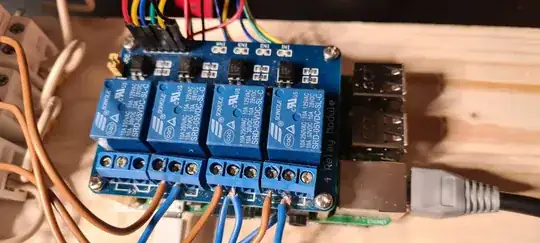Is "normally" open relay opened on 0V or 5V?
Here it is written that yes. But here it is written that no.
What is the truth?
Experimentally I see, that my relay module LED lights ON and "normally open" pin closes on OV on GPIO.
That would mean that "normal" is 5V and I would just flip contacts, but...
The problem is that I want it be "normal" common sense, i.e. it should be the state when Raspi is just turned on, which is not true. When I turn on my Raspi, my NO relay is open. When I set
GPIO.setup(pin, GPIO.OUT)
it turns 0V and closes. So I can't access relay without triggering it.
Is it possible to overcome?
Here is my module:
I am connecting VCC of module to 5V pin of Raspi, GND to GND, and IN to GPIOs.
Whatever "normal" is, why is it change on
GPIO.setup(pin, GPIO.OUT)
? Shouldn't it be and stay in "normal" before and after this instruction?
